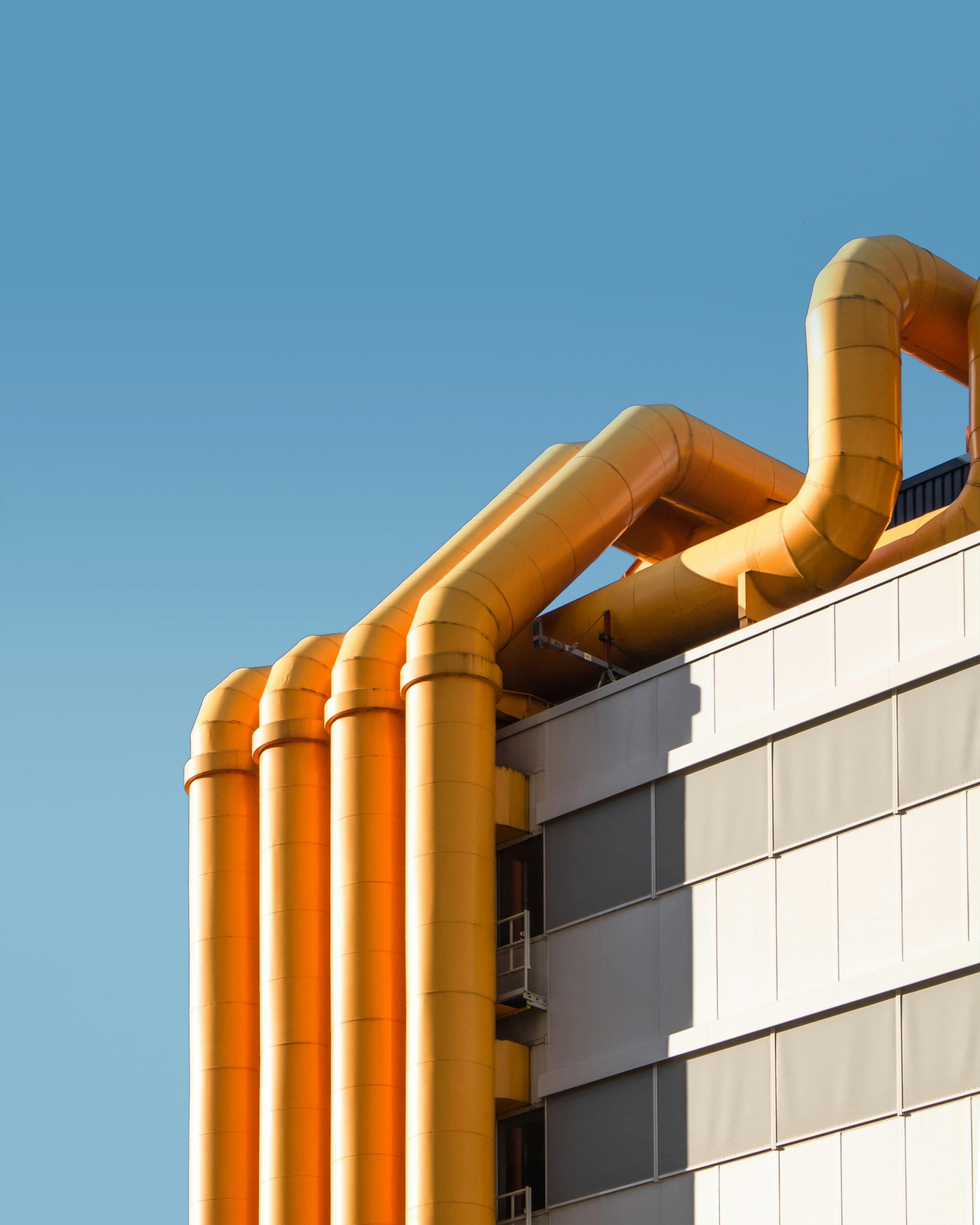Introduction to RTV Sealant
When it comes to sealing applications in the automotive and industrial sectors, RTV sealant has carved a niche of its own. This versatile material is a game-changer for anyone seeking durability and reliability. While traditional sealants have RTV sealant for automotive their place, RTV (Room Temperature Vulcanizing) sealant takes performance to another level. Its unique properties make it an ideal choice for various tasks that demand strength and flexibility.
Whether you’re a seasoned mechanic or an industrial professional, understanding what makes RTV so special can lead to smarter choices in your projects. Let’s delve into the world of RTV sealant and explore how it stands out from conventional options while also uncovering its numerous benefits across different industries.
Differences between RTV and Traditional Sealants
RTV sealants stand out from traditional sealants due to their unique composition and flexibility. RTV, or Room Temperature Vulcanizing sealant, cures at room temperature and forms a strong bond with various materials. This adaptability makes it ideal for diverse applications.
On the other hand, traditional sealants often require heat or specific environmental conditions to cure effectively. They may not provide the same level of elasticity as RTV products, which can be crucial in high-vibration settings like automotive engines.
Another significant difference lies in their chemical resistance. RTV sealants are designed to withstand exposure to oils, fuels, and other harsh substances without breaking down. Traditional options might falter under similar conditions.
Application methods vary considerably between these two types of sealants. RTV typically comes in easy-to-use tubes that allow precise application on complex surfaces, whereas traditional options may involve more cumbersome processes that aren’t always user-friendly.
Top Uses for RTV Sealant in the Automotive Industry
RTV sealant is a game changer in the automotive industry. Its versatility makes it ideal for various applications.
One of its primary uses is sealing gaskets. Whether it’s an engine oil pan or a valve cover, RTV creates a strong bond that prevents leaks effectively.
Additionally, it’s used to adhere sensors and components. This ensures they stay firmly in place, even under extreme conditions.
RTV sealant also plays a crucial role in exhaust systems. It can withstand high temperatures while maintaining flexibility, making it perfect for joints and connections.
Another key application lies in windshields and windows. The adhesive properties of RTV not only secure glass but also provide waterproofing benefits.
From small repairs to major overhauls, RTV sealant proves essential across the board. Its reliability continues to make it the go-to choice among professionals and DIY enthusiasts alike.
Benefits of Using RTV Sealant in Industrial Settings

RTV sealant offers remarkable advantages in industrial settings. Its versatility allows for effective bonding and sealing of various materials, from metals to plastics.
One significant benefit is its resistance to extreme temperatures. RTV can withstand both high heat and freezing conditions, making it ideal for environments with fluctuating climates.
Additionally, RTV sealant provides excellent moisture resistance. This feature helps prevent corrosion and damage in applications exposed to water or humidity.
The fast curing time is another plus. In busy industrial operations, quick drying means less downtime and increased productivity.
Moreover, the flexibility of RTV ensures a durable bond that can handle vibrations without cracking or breaking apart. This resilience is crucial in machinery where movement is constant.
Choosing RTV sealant not only enhances performance but also extends equipment lifespan by minimizing leaks and reducing maintenance needs over time.
Important Factors to Consider When Choosing RTV Sealant
When choosing RTV sealant, consider the specific application. Not all RTV products are created equal. Some are designed for high-temperature environments while others excel in low-stress situations.
Next, check the curing time. Different formulations cure at different rates. If a quick turnaround is essential, you may want to opt for fast-curing options.
Pay attention to adhesion properties as well. Ensure the sealant will bond effectively with the materials involved in your project—be it metal, plastic or rubber.
Also, think about environmental exposure. Will your sealant be subjected to moisture, chemicals or extreme temperatures? Select one that offers resistance against these elements for lasting performance.
Review packaging and shelf life. A product that’s easy to apply and store can save time on future projects while ensuring effectiveness when needed most.
Application Tips and Techniques for Optimal Results
Applying RTV sealant effectively is crucial for achieving a strong and durable bond. Start with a clean surface; remove any oil, grease, or old sealant residue. A clean area ensures better adhesion.
When applying the sealant, use a caulking gun for precision. This allows you fashion to control the amount dispensed and helps prevent messy applications. Aim for a continuous bead along the joint or seam you’re sealing.
Consider temperature and humidity when working with RTV sealants. Ideal conditions typically range from 50°F to 100°F (10°C to 38°C). High humidity can affect curing times positively but may also lead to too much moisture being trapped in some environments.
Allow adequate time for curing before exposing the sealed area to stress or fluids. Each product has its specific cure time; follow manufacturer instructions closely for optimal results.
Wear gloves during application to keep your hands clean and avoid contamination of the sealant itself.
Conclusion: Why RTV Sealant is a Valuable Solution for Automotive and Industrial Needs

RTV sealant stands out as a versatile and reliable solution for both automotive and industrial applications. Its unique properties, such as flexibility, temperature resistance, and ease of application make it an ideal choice for various sealing tasks. Whether you’re repairing gaskets on your car or using it to secure machinery components in a factory setting, RTV sealant provides durability that traditional sealants often cannot match.
The various formulations available cater to different needs, ensuring there’s an appropriate option for every project. By understanding the specific advantages of RTV sealant and applying best practices during use, individuals can achieve optimal results that enhance performance and longevity.
Choosing RTV sealant means investing in quality solutions that simplify maintenance while offering peace of mind through reliability. It’s clear why this product has become essential in many sectors—its benefits are undeniable across the board.

